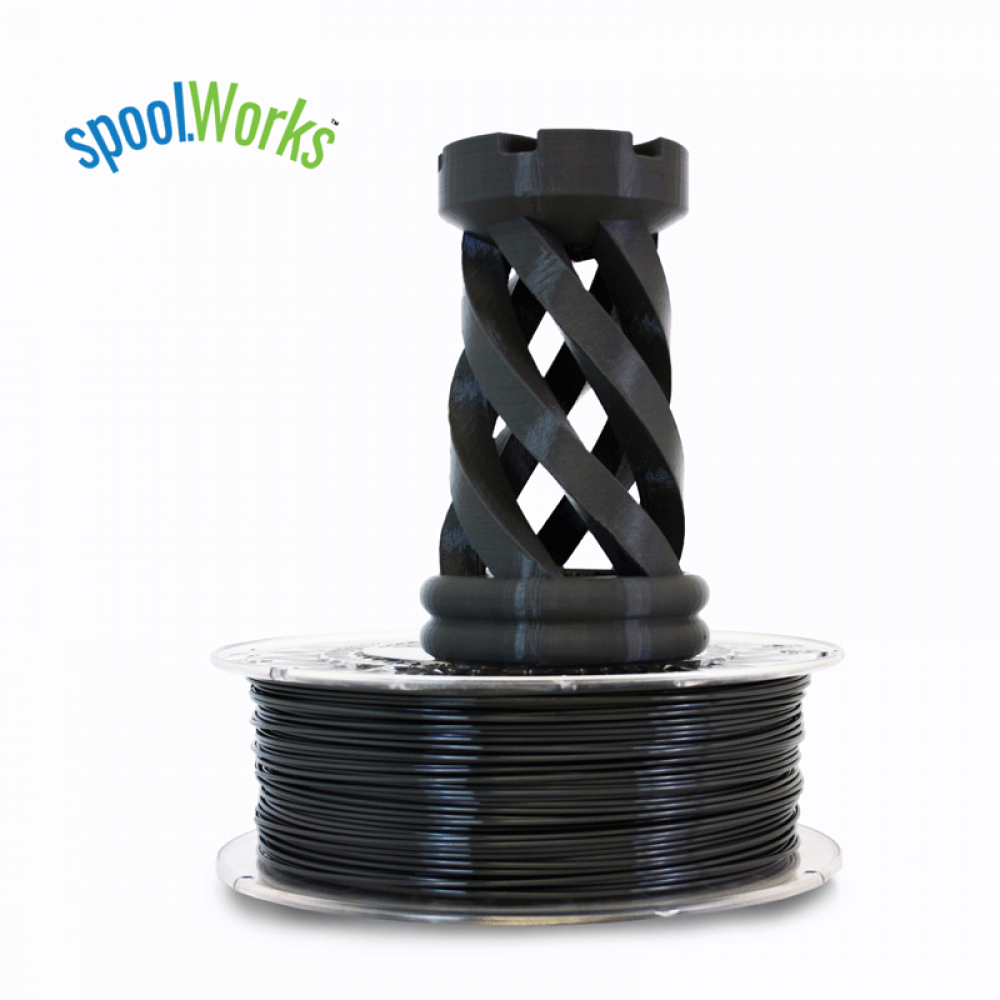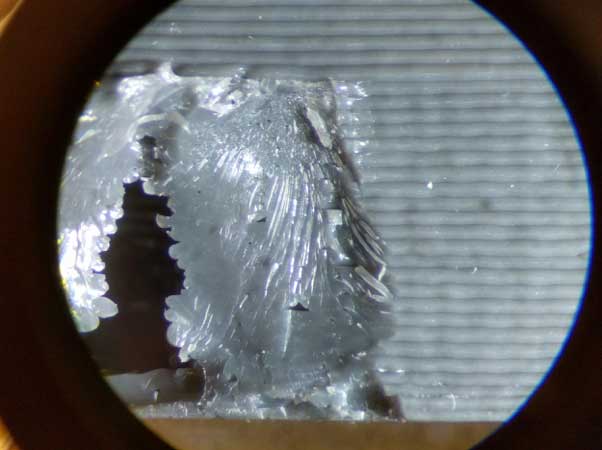
The folks at E3D are most well-known for their very popular hot-ends, which are installed on many desktop 3D printers. Now they’ve taken a step out of bounds to produce a pretty amazing filament.
The material is called “Edge”, a curious name for a filament, but it does reflect the fact that this new substance pushes the 3D printing envelope forward quite a bit.
The project was driven by the inadequacies in currently popular 3D printing materials, ABS and PLA. While ABS was one of the first widely used 3D print materials due to its strength, operators soon discovered extremely challenging properties, not the least of which was warping, which essentially prevent attempts to print very large objects in ABS. The industry kinda shifted towards PLA, which offered minimal warping (and far nicer aromas when printing), but it wasn’t a great solution either. PLA is quite brittle, making the production of mechanical parts problematic. It also gets soft at relatively low temperatures, reducing its applicability.

The new Edge filament is based on PET, an occasionally used 3D print material. On its own, PET has issues of similar magnitude to ABS and PLA: it’s good in some aspects, but not in others.
E3D apparently used a PET base and mixed in other chemical components to produce a material that offers vastly improved printing characteristics. Here’s some of the highlights:
- Stability at reasonable high temperatures, unlike PLA
- Broader tolerance of variances in extrusion temperatures and speeds, for more reliable printing.
- Strength similar to ABS.
- Significantly increased adhesion between layers due to chemical bonding, unlike ABS prints that often split along the layers when stressed.
- Excellent adhesion to the print surface; they recommend using glue sticks, although it is said to be almost usable on glass
- Enormous melt strength, meaning it isn’t very “drippy”, permitting extreme overhangs and bridges are quite possible.
- Perfectly clear base resin permits creation of very pure filament colors with appropriate dyes.

E3D’s Sanjay Mortimer explains the theory behind the new filament.
This material is available now from E3D’s online store, priced at £27.50 (USD$39.60) per 750g. That’s the equivalent of USD$53 per kg, about the price you pay for a premium filament, or twice the price of a probably-unreliable budget no-name filament.
Via E3D

